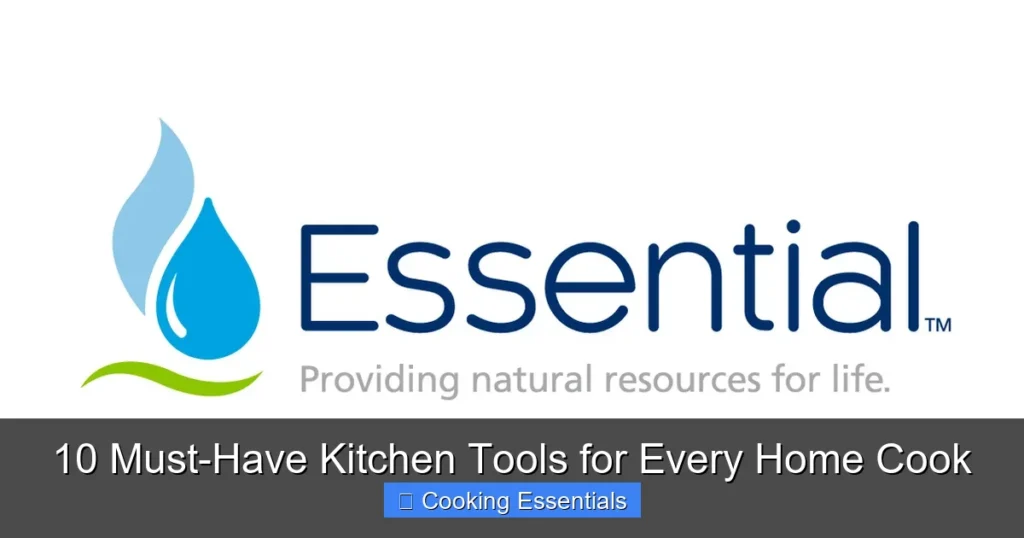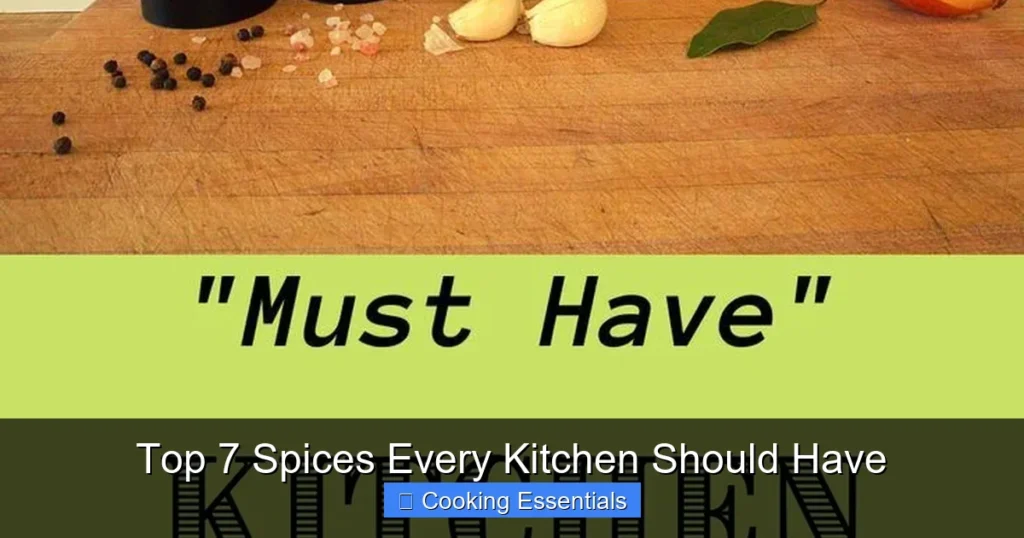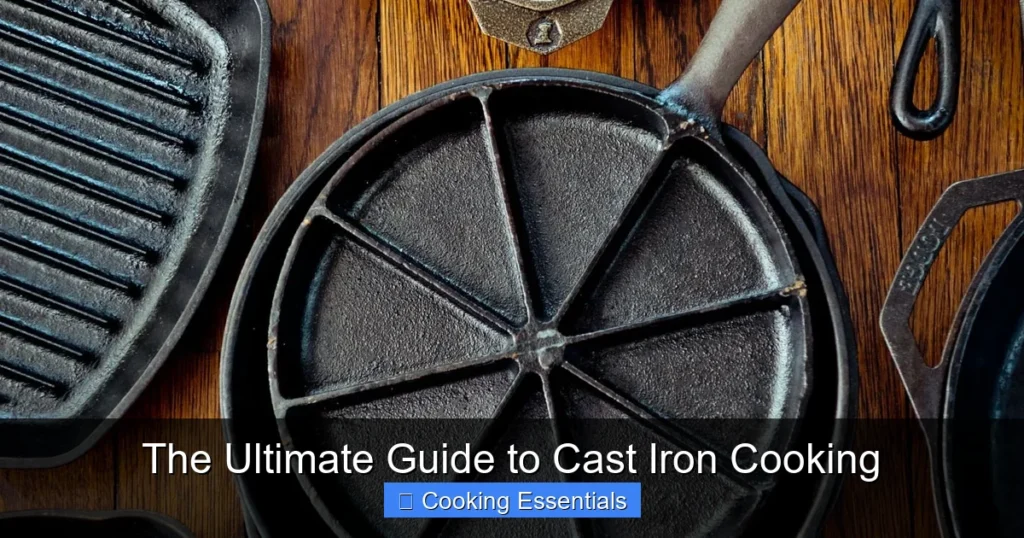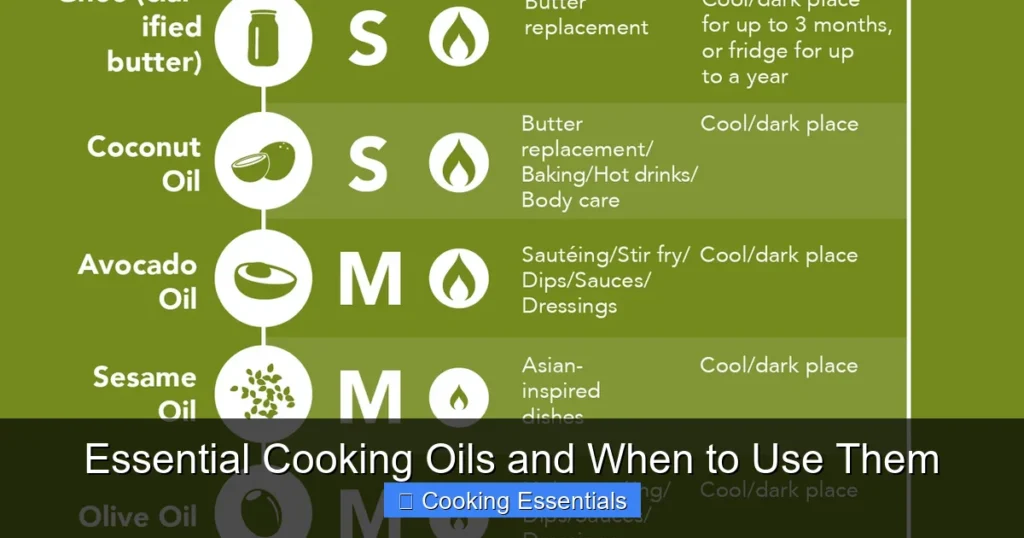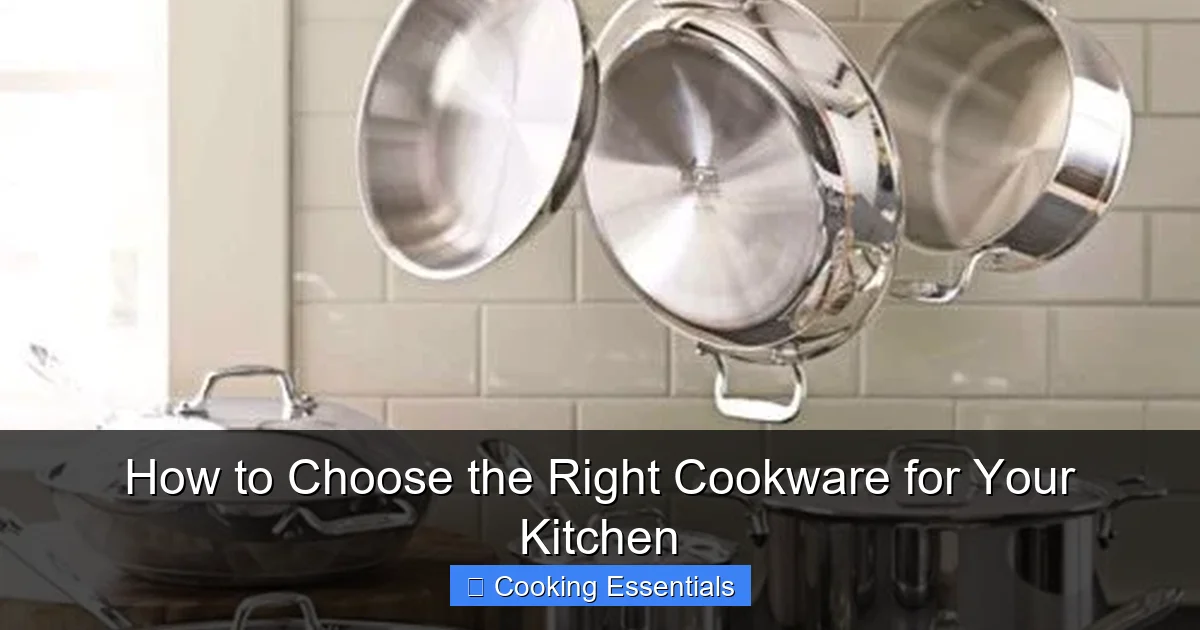
Featured image for this comprehensive guide about choosing best kitchen cookware
Image source: eatwell101.com
How to Choose the Right Cookware for Your Kitchen
Stepping into the world of kitchen cookware can feel like entering a vast, glittering labyrinth. Stainless steel, cast iron, nonstick, copper, ceramic – the options are endless, each promising a unique cooking experience and a perfect meal. Whether you’re a seasoned chef looking to upgrade your tools or a kitchen novice setting up your first culinary space, the decision of choosing best kitchen cookware is a critical one. Your pots and pans aren’t just vessels; they are an extension of your cooking style, influencing everything from the searing of a steak to the delicate simmer of a sauce.
Good cookware can elevate your dishes, make cooking more enjoyable, and even contribute to healthier eating. But with so many choices, how do you cut through the noise and identify the pieces that truly belong in your kitchen? This comprehensive guide is designed to demystify the process, offering you actionable insights and practical tips on how to choose cookware that perfectly aligns with your needs, budget, and culinary aspirations. Get ready to embark on a journey that will transform your kitchen and revolutionize your cooking.
Quick Answers to Common Questions
What’s the best all-around cookware material for beginners?
For most home cooks, stainless steel cookware is a fantastic starting point. It’s incredibly versatile, durable, and handles a wide range of cooking tasks without reacting with your food.
Should I buy a whole cookware set or individual pieces first?
A good quality starter cookware set can be very convenient and cost-effective for setting up your kitchen. However, if you have specific cooking needs, buying individual pieces allows you to curate your collection perfectly.
Is non-stick cookware really essential for my kitchen?
Yes, non-stick cookware is incredibly useful, especially for delicate foods like eggs, pancakes, or fish, making cooking and cleanup much easier. Just remember to use lower heat settings to preserve its coating!
How much should I budget for quality kitchen cookware?
You don’t need to spend a fortune, but investing a bit more in durable, well-made cookware often pays off in better performance and longevity. Aim for a balance that fits your cooking habits and wallet.
How do I know if my current cookware needs replacing?
If your non-stick cookware is peeling or heavily scratched, or if any of your pots and pans are warped and heating unevenly, it’s definitely time to consider upgrading your kitchen cookware for better results and safety.
📋 Table of Contents
- Defining Your Culinary Needs: The First Step to Choosing Cookware
- A Deep Dive into Cookware Materials: Pros & Cons
- Understanding Cookware Types: Sets vs. Individual Pieces
- Key Features & Considerations Beyond Material
- Cookware Care & Longevity: Making Your Investment Last
- Budgeting for Brilliance: Finding Quality Within Your Price Range
- Conclusion: Your Cookware Journey Begins Now
Defining Your Culinary Needs: The First Step to Choosing Cookware
Before you even begin to think about materials or brands, the very first step in choosing best kitchen cookware is to understand your own kitchen habits and preferences. Think of it as a culinary self-assessment. Your lifestyle, cooking frequency, diet, and even the size of your kitchen all play a significant role in determining the ideal cookware for you. Taking the time to answer these questions honestly will save you time, money, and frustration in the long run.
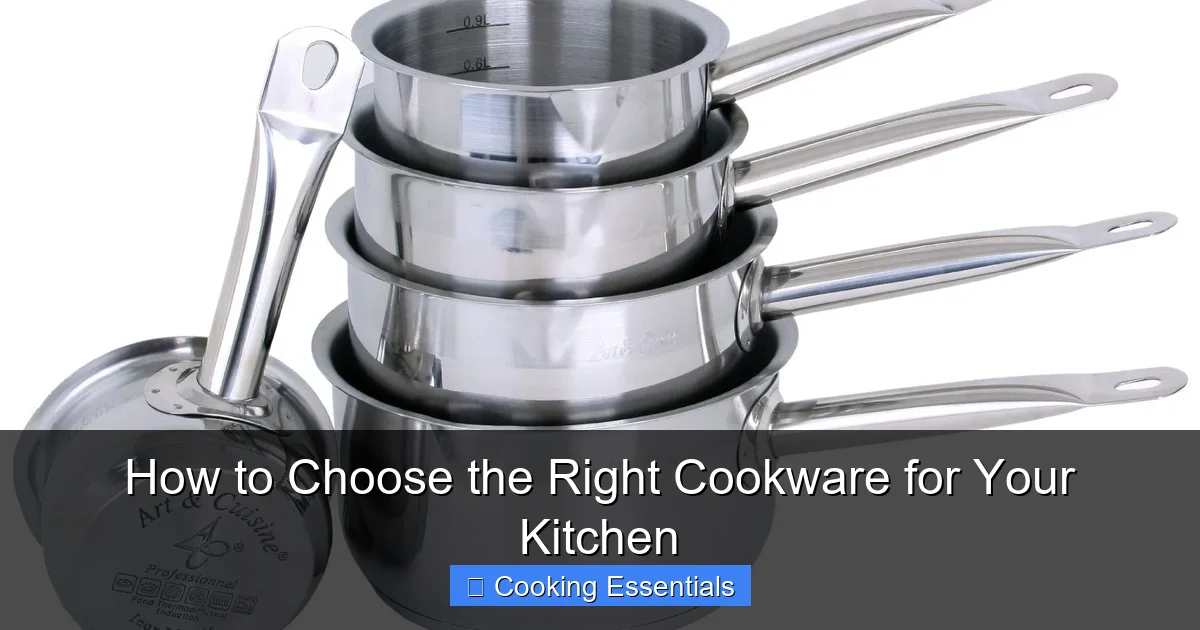
Learn more about choosing best kitchen cookware – How to Choose the Right Cookware for Your Kitchen
Image source: eatwell101.com
What’s Your Cooking Style?
- Everyday Home Cook: If you cook most nights, focusing on diverse meals, you’ll need versatile, durable pieces that can handle a range of tasks from frying eggs to simmering stews.
- Baking Enthusiast: While primarily focused on bakeware, you’ll still need good saucepans and sauté pans for preparing fillings, glazes, and accompanying dishes.
- Gourmet Chef: For those who love to experiment with complex recipes and precise techniques, high-performance cookware with excellent heat control and durability will be paramount.
- Health-Conscious Cook: If you prioritize low-fat cooking and healthy methods, nonstick surfaces or steam-friendly options might be higher on your list.
- Busy Professional/Minimalist: If quick, easy meals are your priority, easy-to-clean, efficient pieces that don’t take up much space will be key.
How Often Do You Cook?
Someone who cooks three meals a day will have different requirements than someone who cooks once a week. Frequent cooks need highly durable cookware that can withstand constant use and washing. Occasional cooks might opt for more budget-friendly options or prioritize specialized pieces they’ll use for specific occasions.
| Cookware Material | Key Benefits & Performance | Considerations & Maintenance | Best For |
|---|---|---|---|
| Stainless Steel | Durable, non-reactive, versatile, good heat distribution (especially clad), oven-safe. | Food can stick if not properly heated; not as good heat retention as cast iron; requires occasional scrubbing. | Searing meats, sautéing vegetables, boiling, stewing, general everyday cooking. |
| Cast Iron | Excellent heat retention, naturally non-stick (when seasoned), extremely durable, versatile (stovetop to oven). | Heavy; requires seasoning and specific cleaning to prevent rust; slow to heat up. | Searing steaks, frying, baking (e.g., cornbread), deep-frying, slow-cooking. |
| Non-stick (PTFE/Ceramic) | Food slides off easily, requires less oil, very easy cleanup, good for delicate foods. | Coatings can scratch and degrade over time; limited high-heat tolerance (often max 400-500°F); less durable overall. | Eggs, pancakes, delicate fish, crêpes, low-fat cooking. |
| Copper | Superb heat conductivity and responsiveness (heats and cools quickly), precise temperature control, beautiful aesthetic. | Expensive; requires special cleaning to maintain shine; often lined (pure copper reacts with acidic foods); dents easily. | Sauces, delicate custards, candy making, reduction of liquids, precise temperature-sensitive cooking. |
Consider Your Kitchen Space and Storage
Are you working with a tiny apartment kitchen or a spacious culinary haven? Cookware sets can be bulky, and individual pieces can quickly accumulate. Measure your cabinet and drawer space. Stackable designs, hanging pot racks, and minimalist collections can be great solutions for limited spaces. Your storage capabilities will directly influence whether a large cookware set is practical or if selecting individual pieces is a smarter approach for choosing best kitchen cookware.
Your Budget: An Honest Assessment
Cookware prices vary wildly, from inexpensive single pans to high-end, multi-piece sets costing thousands. Set a realistic budget before you start shopping. Remember that investing in quality often means greater longevity and better performance, but there’s excellent value to be found at every price point. Prioritize the pieces you’ll use most frequently for higher quality, and consider more budget-friendly options for less-used items.
A Deep Dive into Cookware Materials: Pros & Cons
The material of your cookware is perhaps the most crucial factor in its performance, durability, and even its impact on your food. Each material offers a unique set of advantages and disadvantages. Understanding these differences is vital when choosing best kitchen cookware that suits your cooking style and preferences.
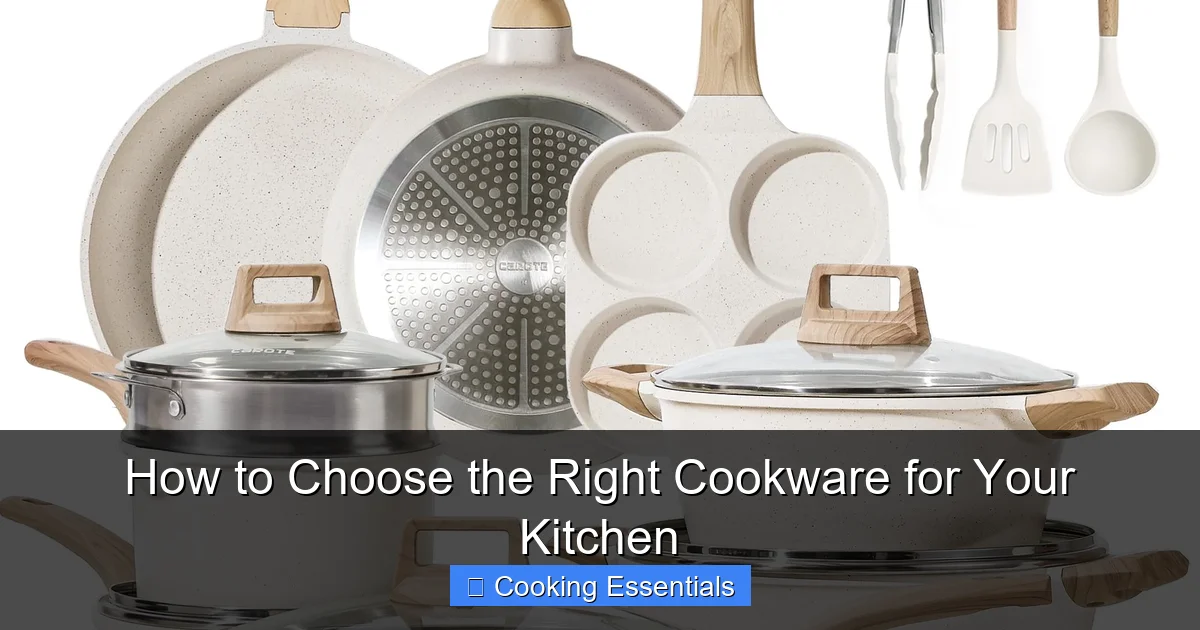
Learn more about choosing best kitchen cookware – How to Choose the Right Cookware for Your Kitchen
Image source: m.media-amazon.com
Stainless Steel Cookware
Stainless steel cookware is a kitchen workhorse, prized for its durability, non-reactivity, and sleek appearance. It’s a fantastic all-rounder for everything from searing meats to simmering sauces.
- Pros:
- Durability: Extremely resistant to rust, corrosion, and scratching.
- Non-Reactive: Won’t leach metals into food or react with acidic ingredients, preserving true food flavors.
- Versatility: Suitable for a wide range of cooking tasks, often oven-safe.
- Easy to Clean: Generally dishwasher safe and easy to maintain.
- Aesthetics: Professional and shiny appearance.
- Cons:
- Poor Heat Conductor: By itself, stainless steel heats unevenly. High-quality stainless steel cookware features an aluminum or copper core (clad construction) for even heat distribution.
- Sticking: Not naturally nonstick, requiring more oil or fat to prevent food from sticking.
- Price: Quality clad stainless steel can be a significant investment.
- Best For: Searing, sautéing, boiling, braising, sauces, general everyday cooking. A must-have when choosing best kitchen cookware.
Nonstick Cookware (PTFE/Teflon and Ceramic Nonstick)
For convenience and healthy cooking, nonstick cookware is often at the top of the list. It prevents food from sticking, requiring less oil and making cleanup a breeze.
PTFE (Teflon) Nonstick:
- Pros:
- Excellent Food Release: Virtually impossible for food to stick.
- Low-Fat Cooking: Requires minimal oil or butter.
- Easy Cleanup: A quick wipe usually does the trick.
- Cons:
- Durability: Coatings can scratch and degrade over time, especially with metal utensils or high heat.
- Heat Sensitivity: Can release fumes at very high temperatures (above 500°F/260°C), though modern coatings are safer than older ones.
- Short Lifespan: Generally needs replacement more frequently than other materials.
Ceramic Nonstick:
- Pros:
- PFOA/PFAS Free: Often marketed as a “greener” and safer alternative.
- Good Nonstick Properties: Offers good food release, though sometimes less durable than PTFE over time.
- Variety of Colors: Aesthetically pleasing.
- Cons:
- Durability: The nonstick properties can diminish faster than PTFE with frequent use and improper care.
- Heat Tolerance: Can be sensitive to very high heat, which can damage the coating.
- Best For: Eggs, pancakes, delicate fish, quick stir-fries, anything that tends to stick. Essential for specific tasks when choosing best kitchen cookware.
Cast Iron Cookware
Beloved for its incredible heat retention and natural nonstick properties (once seasoned), cast iron cookware is a timeless choice that lasts for generations.
- Pros:
- Exceptional Heat Retention: Stays hot for a long time, ideal for searing and slow cooking.
- Natural Nonstick: Develops a seasoned, nonstick surface with proper care and use.
- Durability: Virtually indestructible, can last for centuries.
- Versatility: Oven, broiler, grill, and campfire safe.
- Iron Fortification: Can add trace amounts of iron to food, a benefit for some.
- Cons:
- Weight: Very heavy, which can be challenging for some.
- Maintenance: Requires seasoning and specific cleaning methods (no harsh soap) to maintain its finish.
- Reacts with Acid: Can react with highly acidic foods, potentially imparting a metallic taste.
- Slow to Heat: Takes longer to heat up, though it retains heat exceptionally well once hot.
- Best For: Searing steaks, frying chicken, cornbread, deep-dish pizza, slow-cooked stews, oven baking. A cornerstone for serious cooks in choosing best kitchen cookware.
Enamel Coated Cast Iron Cookware
This combines the benefits of cast iron with an easy-to-clean enamel coating, often associated with brands like Le Creuset.
- Pros:
- Excellent Heat Retention: Retains heat as well as traditional cast iron.
- Non-Reactive: The enamel coating prevents reaction with acidic foods.
- No Seasoning Required: Easy to clean and maintain like regular pots and pans.
- Aesthetics: Comes in a wide array of beautiful colors.
- Cons:
- Weight: Still very heavy.
- Cost: Can be very expensive.
- Chipping: Enamel can chip if dropped or subjected to sudden temperature changes.
- Best For: Braising, stewing, slow cooking, baking, serving. A premium choice when choosing best kitchen cookware.
Copper Cookware
Prized by professional chefs for its beauty and unparalleled heat control, copper cookware is a luxury option.
- Pros:
- Exceptional Heat Conductivity: Heats up and cools down almost instantly, offering precise temperature control.
- Beautiful Appearance: Visually stunning, often used as decorative pieces.
- Cons:
- High Cost: Most expensive cookware material.
- Maintenance: Requires polishing to maintain shine; interior linings (often tin or stainless steel) can wear out.
- Reactive: Copper itself can react with acidic foods, hence the need for linings.
- Not Induction Compatible: Unless specifically designed with a ferromagnetic base.
- Best For: Delicate sauces, confections, precise temperature cooking, display.
Aluminum Cookware (Anodized vs. Non-Anodized)
Aluminum is a common material, especially in budget-friendly and professional kitchens due to its excellent heat conductivity.
- Non-Anodized Aluminum:
- Pros: Very good heat conductor, lightweight, inexpensive.
- Cons: Reactive with acidic foods, can dent easily, food can stick.
- Hard-Anodized Aluminum:
- Pros: Much harder and more durable than regular aluminum, non-reactive, often has a nonstick coating, excellent heat conductor.
- Cons: Can be expensive, nonstick coating still susceptible to wear, usually not dishwasher safe.
- Best For: Everyday cooking, quick heating, often found as the core in clad cookware.
Cookware Material Comparison Table
Here’s a quick reference to help you in choosing best kitchen cookware based on material properties:
| Material | Heat Distribution | Nonstick Properties | Durability | Maintenance | Cost |
|---|---|---|---|---|---|
| Stainless Steel (Clad) | Excellent (with core) | Poor (requires fat) | Excellent | Easy, Dishwasher Safe | Medium to High |
| Nonstick (PTFE) | Good | Excellent | Moderate (scratch-prone) | Easy, Hand Wash Only | Low to Medium |
| Nonstick (Ceramic) | Good | Good (diminishes) | Moderate (scratch-prone) | Easy, Hand Wash Only | Low to Medium |
| Cast Iron | Slow, but Even & Retentive | Good (with seasoning) | Excellent (indestructible) | High (seasoning required) | Low to Medium |
| Enamel Cast Iron | Slow, but Even & Retentive | Moderate | Good (can chip) | Easy, Hand Wash Recommended | High |
| Copper | Exceptional & Instant | Poor (requires fat) | Moderate (lining wears) | High (polishing) | Very High |
| Hard-Anodized Aluminum | Excellent | Good (often coated) | Very Good | Medium (hand wash) | Medium |
Understanding Cookware Types: Sets vs. Individual Pieces
Once you have an idea of the materials that appeal to you, the next decision is whether to buy a complete cookware set or to piece together an arsenal of individual items. Both approaches have their merits when choosing best kitchen cookware.
Cookware Sets: Convenience and Cohesion
Cookware sets typically offer a range of essential pots and pans, often with matching lids, in a uniform style and material. They are a popular choice for new homeowners, wedding registries, or anyone looking for a comprehensive upgrade.
- Pros:
- Cost-Effective: Often cheaper per piece than buying individually.
- Cohesive Look: All pieces match, creating a unified kitchen aesthetic.
- Immediate Solution: Provides most of the necessary pieces right away.
- Cons:
- Unused Pieces: You might end up with pieces you rarely use.
- Limited Customization: All pieces are the same material, which might not be ideal for all cooking tasks.
- Quality Variability: Sometimes, to hit a price point, a set might have a few weaker pieces.
- Typical Contents: A standard set often includes a saucepot, saucepan, sauté pan, and a stockpot, with various sizes and lids.
Individual Pieces: Customization and Specialization
Buying individual pots and pans allows you to tailor your collection precisely to your needs, mixing and matching materials and brands for optimal performance in each cooking scenario.
- Pros:
- Tailored to Your Needs: You only buy what you’ll use.
- Optimal Performance: Choose the best material for each specific cooking task (e.g., cast iron for searing, nonstick for eggs).
- Upgrade Over Time: Build your collection gradually, investing in high-quality pieces as your budget allows.
- Cons:
- Higher Upfront Cost: Individual pieces, especially high-quality ones, can be more expensive.
- Less Cohesive Look: Your collection might be a mix-and-match of styles and colors.
- Time-Consuming: Requires more research and shopping to build a complete collection.
Essential Cookware Pieces to Consider
Regardless of whether you buy a set or individual pieces, here are the core items most home kitchens should have:
- 10-12 inch Sauté Pan/Frying Pan: Your everyday workhorse for frying, searing, and sautéing. Consider a good quality stainless steel or cast iron, and a nonstick for delicate items.
- 2-3 quart Saucepan: For sauces, boiling eggs, reheating small portions.
- 6-8 quart Stockpot: Essential for soups, stews, pasta, and boiling large quantities.
- Dutch Oven: Ideal for braising, slow cooking, and baking. Enamel cast iron is a popular choice.
- Baking Sheet/Roasting Pan: For roasting vegetables, baking cookies, and sheet pan meals.
Key Features & Considerations Beyond Material
Beyond the primary material, several other features can significantly impact the usability, safety, and longevity of your cookware. Pay attention to these details when choosing best kitchen cookware.
Heat Source Compatibility
This is crucial! Not all cookware works on all stovetops.
- Gas & Electric Coil: Most cookware is compatible.
- Electric Smooth Top (Radiant): Generally compatible, but avoid rough bottoms that could scratch the surface.
- Induction Cooktops: Require cookware with a magnetic base. Look for “induction compatible” labels. Cast iron, magnetic stainless steel, and some aluminum/copper with a magnetic base are suitable. This is a non-negotiable factor if you have an induction stove.
Oven Safety
Many recipes require transferring a pan from the stovetop to the oven. Check the maximum oven-safe temperature for each piece. Handles made of plastic or certain types of rubber may not be oven-safe. Cookware that can go from hob to oven saves on dishes and is incredibly versatile, making it a key consideration for choosing best kitchen cookware.
Handles and Lids
- Handles:
- Material: Look for handles that stay cool to the touch on the stovetop (e.g., silicone, hollow stainless steel). Riveted handles are generally more durable than welded ones.
- Ergonomics: Ensure they are comfortable to grip and provide good balance, especially on heavier pans.
- Lids:
- Material: Tempered glass lids allow you to see food without lifting, while solid metal lids retain heat better.
- Fit: A snug-fitting lid is essential for retaining moisture and heat.
- Vents: Some lids have steam vents to prevent boil-overs.
Weight and Balance
Heavy cookware (like cast iron) offers superior heat retention but can be cumbersome. Lighter options are easier to maneuver but might not hold heat as well. Find a balance that feels comfortable for you to lift, move, and toss food.
Easy to Clean
While some people don’t mind hand washing, dishwasher-safe cookware is a huge time-saver. Always check manufacturer instructions, as even some “dishwasher-safe” items benefit from hand washing to extend their lifespan, especially nonstick and enamel finishes. Ease of cleaning is a significant factor in the everyday enjoyment of your cookware.
Cookware Care & Longevity: Making Your Investment Last
Choosing best kitchen cookware is only half the battle; proper care is essential to ensure your investment lasts for years, or even generations. Different materials require different care routines. Neglecting these can lead to premature wear, loss of nonstick properties, or even damage to the cookware itself.
General Care Tips for All Cookware
- Read Instructions: Always refer to the manufacturer’s care instructions first.
- Avoid Thermal Shock: Don’t place a hot pan under cold water, and vice-versa. This can warp metal and crack enamel or ceramic coatings.
- Gentle Cleaning: Use non-abrasive sponges and mild detergents. For stuck-on food, soak the pan before scrubbing.
- Proper Storage: Store pans carefully to prevent scratching, especially nonstick surfaces. Pan protectors or soft cloths between stacked pans can help.
Specific Care by Material
- Stainless Steel: Generally very forgiving. Dishwasher safe, but hand washing can prevent water spots. For stubborn stains or heat tint, a stainless steel cleaner or a paste of baking soda and water works wonders.
- Nonstick (PTFE & Ceramic): Hand wash only with soft sponges. Avoid metal utensils; use wood, silicone, or plastic. Cook on low to medium heat to prolong the coating’s life. Do not use aerosol cooking sprays, which can cause buildup and degrade the surface.
- Cast Iron: Never use harsh soap. Clean with hot water and a stiff brush, then dry immediately and thoroughly. Re-season periodically by applying a thin layer of oil and baking it.
- Enamel Coated Cast Iron: Hand wash with warm soapy water. Avoid abrasive cleaners or metal scouring pads which can scratch the enamel.
- Copper: Hand wash with mild soap. Polish regularly with a copper cleaner to maintain shine and prevent tarnish. Ensure the interior lining is intact.
By following these care guidelines, you’ll ensure that your chosen cookware remains in top condition, delivering excellent cooking performance for many years to come.
Budgeting for Brilliance: Finding Quality Within Your Price Range
The cost of cookware can range from a few dollars for a basic frying pan to thousands for a complete set of premium pieces. It’s important to strike a balance between quality and affordability when choosing best kitchen cookware. A higher price tag often (though not always) correlates with better materials, construction, and longevity. However, you don’t need to break the bank to equip your kitchen with effective tools.
Investment Pieces vs. Everyday Essentials
- Invest in what you use most: Prioritize quality for your most frequently used items, like your primary frying pan, a versatile saucepan, or a Dutch oven if you cook stews often. These pieces will see the most wear and tear and benefit most from superior craftsmanship and materials.
- Save on specialized or less-used items: For items you use infrequently (e.g., a waffle iron, a specialty pasta pot), a more budget-friendly option might suffice.
Consider Longevity and Value
While an expensive set might seem daunting upfront, consider its lifespan. A high-quality stainless steel or cast iron pan could last decades, potentially costing less per year than a cheaper nonstick pan that needs replacing every 2-3 years. Think of it as an investment in your culinary future. When choosing best kitchen cookware, long-term value often trumps short-term savings.
Look for Sales and Bundles
Cookware brands often have sales during holidays (Black Friday, Prime Day, seasonal clearances). Sign up for newsletters from your favorite brands or kitchen retailers to be notified of discounts. Sometimes, buying a smaller, curated set can offer better value than individual pieces if most of the items are essential to you.
Reputable Brands (General Guidance, No Endorsement)
While we can’t recommend specific brands, researching well-regarded names in the cookware industry can give you a good starting point. Brands known for quality often have excellent customer service and warranties. Read reviews, compare features, and assess what other home cooks say about their experiences. Focus on brands that align with the specific material and performance characteristics you’re seeking.
Ultimately, the “best” cookware doesn’t have to be the most expensive. It’s the cookware that fits your cooking style, your kitchen, and your budget, offering consistent performance and joy in your daily culinary adventures.
Conclusion: Your Cookware Journey Begins Now
Choosing best kitchen cookware is a personal journey, unique to every home cook. We’ve traversed the landscape of materials, explored the nuances of sets versus individual pieces, and highlighted crucial features that impact performance and longevity. From the indestructible versatility of cast iron to the precise control of copper, and the everyday reliability of stainless steel, there’s a world of options waiting to elevate your cooking.
Armed with this knowledge, you’re now equipped to make informed decisions. Reflect on your cooking style, consider your budget, and prioritize the features that matter most to you. Don’t be afraid to mix and match; a well-rounded kitchen often benefits from a diverse collection of materials. Investing in the right tools is an investment in your culinary success and enjoyment. Go forth, explore, and confidently build the perfect cookware collection that will inspire countless delicious meals for years to come!
🎥 Related Video: Cookware Materials 101: A Beginner’s Guide to Picking the Right Pans
📺 Prudent Reviews
In this video, I break down the pros and cons of the best cookware materials. So if you’re shopping for new cookware but can’t …
Frequently Asked Questions
What are the best cookware materials for different cooking styles?
The “best” material depends largely on your cooking habits and preferences. Stainless steel is highly versatile, durable, and excellent for browning, while cast iron offers unparalleled heat retention for searing and slow cooking. Non-stick surfaces are ideal for delicate foods like eggs and easy cleanup.
Is it better to buy a cookware set or individual pieces for my kitchen?
Choosing between a cookware set or individual pieces depends on your current needs and budget. Sets often provide better value and convenience for outfitting a new kitchen, while buying individual items allows you to customize your collection with specific, high-quality pieces tailored to your unique cooking style.
How can I choose safe and non-toxic kitchen cookware?
When selecting kitchen cookware, prioritize reputable brands that clearly state their products are free from harmful chemicals like PFOA and PFAS, especially for non-stick surfaces. For other materials, ensure they are food-grade and well-maintained, as heavily scratched or chipped coatings can pose risks.
What features should I prioritize when choosing cookware for induction cooktops?
For induction cooktops, the most crucial feature for your new cookware is a magnetic base, typically found in stainless steel, cast iron, or certain carbon steel options. Additionally, ensure the bottom of the pan is flat and smooth to ensure maximum contact and efficient heat transfer.
How much should I expect to spend on quality kitchen cookware?
The cost of quality kitchen cookware varies widely based on material, brand, and the number of pieces. While there are budget-friendly options, investing in durable, high-performance pieces can often save you money in the long run by reducing the need for frequent replacements and enhancing your cooking experience.
What’s the best way to maintain my cookware to ensure it lasts?
Proper maintenance is essential for extending the life of your cookware. Always follow the manufacturer’s cleaning instructions, use appropriate utensils (like silicone or wood for non-stick surfaces), and avoid extreme temperature changes that can warp materials. Storing your cookware carefully, perhaps with pan protectors, also helps prevent scratches and damage.
